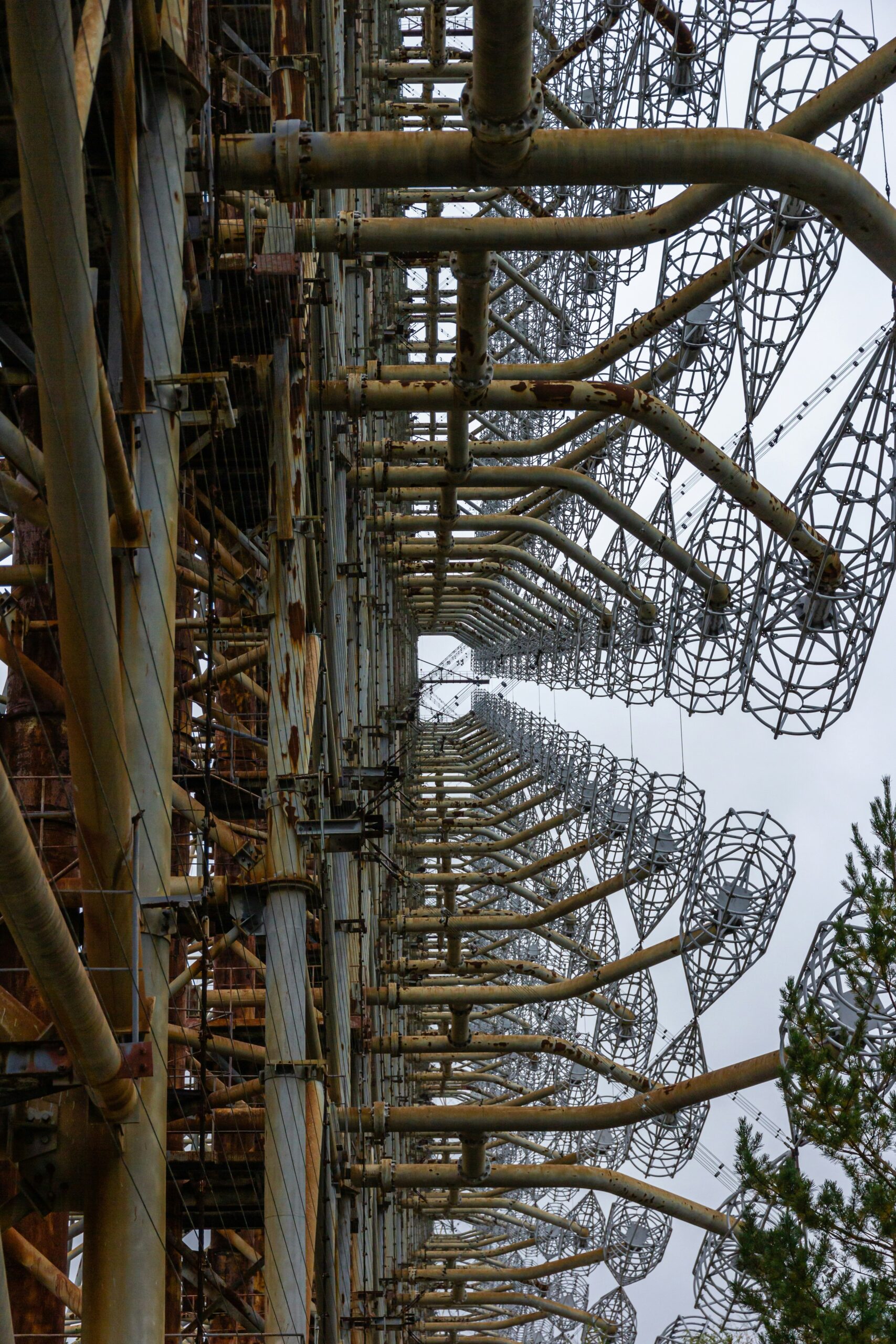Scientists: Worms Living Near Chernobyl Have Developed a New ‘Superpower’
The Chernobyl disaster, which occurred in 1986, released a massive amount of radiation into the environment, causing widespread devastation.

Photo by Mario Losereit on Unsplash
Living near the site of one of the world’s worst nuclear disasters, worms near Chernobyl have surprised scientists with their newfound ability to withstand high levels of radiation. This discovery has shed light on the variability of DNA repair mechanisms among different species and individuals.
The Chernobyl disaster, which occurred in 1986, released a massive amount of radiation into the environment, causing widespread devastation. The area surrounding the nuclear power plant has been deemed uninhabitable for humans due to the high levels of radiation. However, researchers have found that some organisms, such as worms, have adapted to survive in this harsh environment.
Scientists from the University of Portsmouth conducted a study to understand how these worms have developed a resistance to radiation. The researchers collected samples of worms from the Chernobyl Exclusion Zone and compared them to worms from uncontaminated areas. They exposed both sets of worms to radiation in the laboratory and observed their responses.
Surprisingly, the worms from Chernobyl showed a significantly higher tolerance to radiation compared to their counterparts from uncontaminated areas. Even at high levels of radiation, the Chernobyl worms were able to survive and reproduce, while the other worms suffered severe damage to their DNA.
This discovery has provided valuable insights into the mechanisms of DNA repair. DNA repair is a crucial process that helps in maintaining the integrity of genetic material. When exposed to radiation, DNA can be damaged, leading to mutations and potential health issues. Understanding how different organisms repair their DNA can help in developing strategies to protect humans and other species from the harmful effects of radiation.
One possible explanation for the worms’ radiation resistance is their enhanced DNA repair mechanisms. The researchers found that the Chernobyl worms had higher levels of certain proteins involved in DNA repair compared to the other worms. This suggests that these proteins play a crucial role in protecting the worms’ genetic material from radiation-induced damage.
Furthermore, the study also revealed that the worms from Chernobyl had a higher expression of genes related to oxidative stress response. Radiation exposure can lead to the production of reactive oxygen species, which can cause additional damage to DNA. The increased expression of genes involved in oxidative stress response indicates that the Chernobyl worms have developed mechanisms to counteract this additional source of DNA damage.
These findings have broader implications beyond the worms living near Chernobyl. Understanding the variability of DNA repair mechanisms among different species and individuals can help in assessing the risks associated with radiation exposure and developing personalized approaches to radiation protection.
While the worms’ radiation resistance is indeed remarkable, it is important to note that the Chernobyl Exclusion Zone remains a highly hazardous environment for humans. The long-term effects of radiation exposure on the worms themselves are still not fully understood, and further research is needed to determine the potential consequences.









